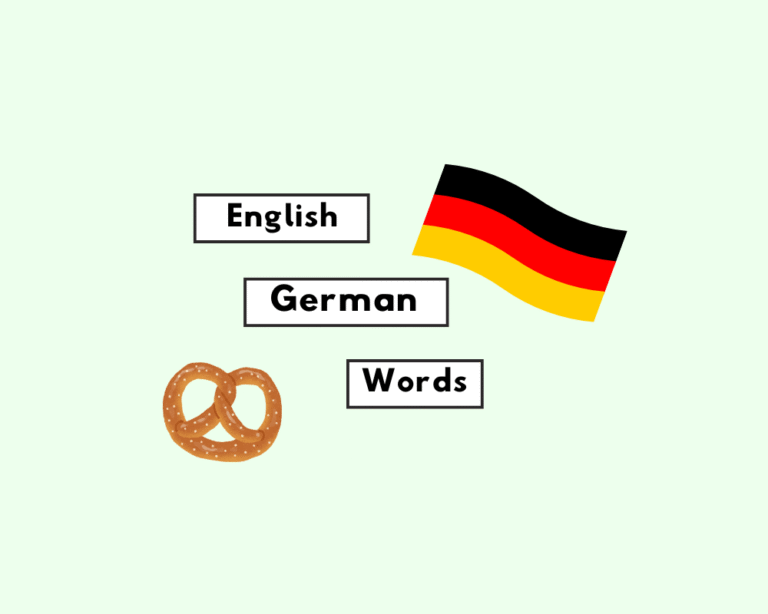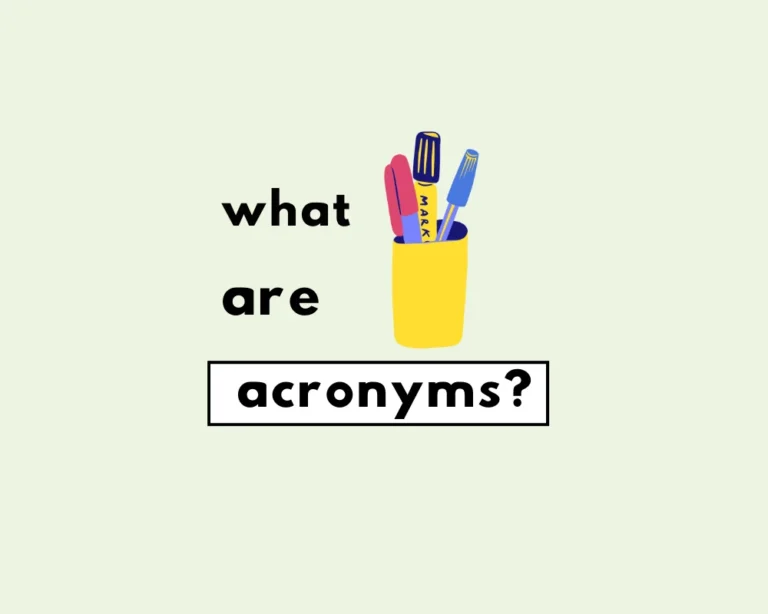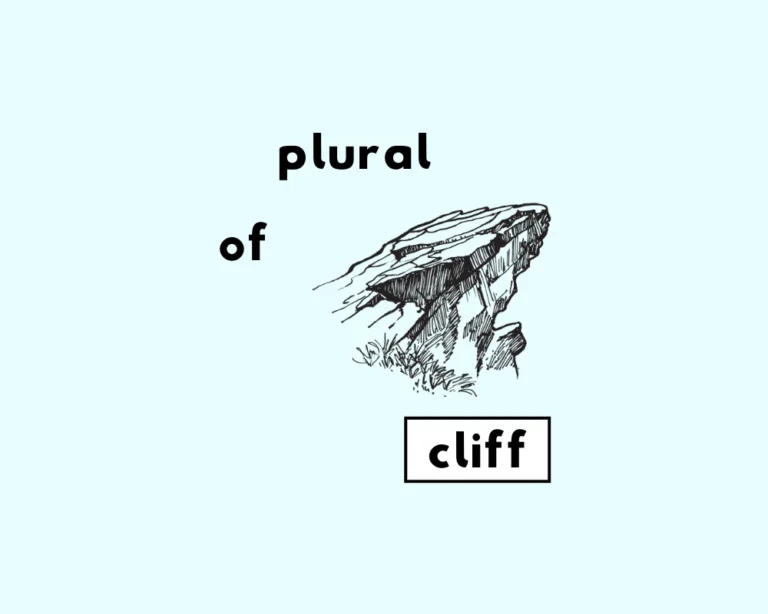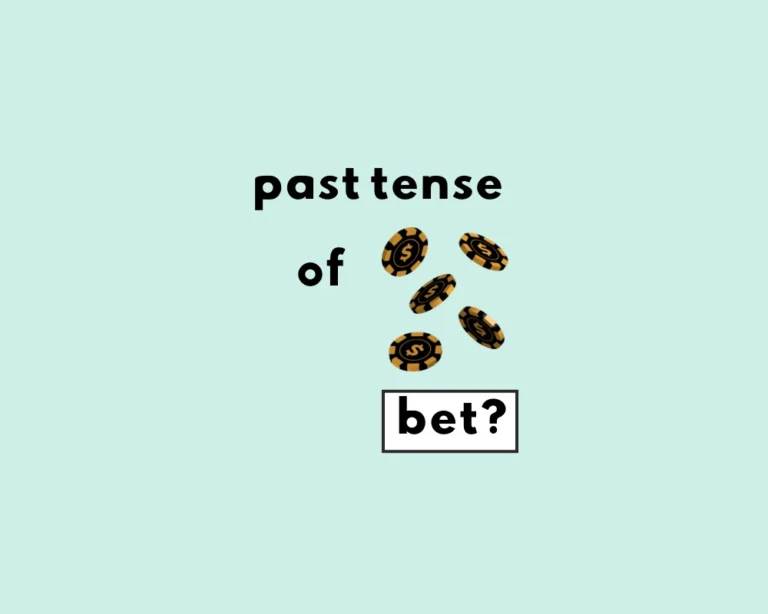What are “auxiliary verbs”?
Auxiliary verbs, also called helper or helping verbs, do exactly what their name suggests: they help, or play a supporting role in sentences. They complement the main verb, which can be a participle form of a verb, or an infinitive.
She does enjoy learning grammar.
The reports were submitted on time.
He did went to the store.
They are watched the movie.
What are the main auxiliary verbs?
The word auxiliary derives from the Latin word, auxiliaris, meaning “helpful, aiding.” This is precisely what helping verbs do.
They support the work of the main verb by adding grammatical aspects, such as tense, voice, and count. The main auxiliary/helper verbs are:
| Main Auxiliary Verbs |
|---|
| To be and its verb forms (been/are/were/was/is) |
| do, does, did; |
| Have, had, has; |
Forms of “have” (have, has, or had) are used to create perfect tenses, indicating actions completed before another point in time.
While forms of be/have/do are all auxiliaries, they are also complete verbs on their own. This means they can be used in sentences as auxiliaries, or as the main verb.
To identify whether these verbs are used as an auxiliary vs. as a main verb, check to see what other verbs are used in the sentence. If other verbs are included, most likely it’s the case that these verbs are used in the sentence as an auxiliary.
Think of “Auxiliary Verbs” as the “helpers” or “helping hands” for the main verb in a sentence.
How to use auxiliary verbs
Read these sentences:
| Example Sentences with Auxiliaries |
|---|
|
I go to school. (Simple present tense; no auxiliary verbs.) |
|
I am going to school. (Present continuous) |
|
I will have been going to school for 5 years in the fall. (Future perfect continuous) |
Let’s compare these sentences. The first sentence is in the simple present tense, and does not use an auxiliary. The simple present shows an action as currently taking place.
It can also communicate something as generally true or ongoing. For example, ‘I love chocolate’ or ‘I play piano’ are examples of the simple present tense. It communicates something as generally true irrespective of any particular point in time, or as taking place at that moment.
| Verb Tense Comparison | |
|---|---|
| Simple Present Tense | Shows actions currently taking place or generally true. |
| Present Continuous Tense | Uses present participle (-ing) with “to be” auxiliary. Shows actions that began in the present and are currently ongoing or in progress. |
| Future Perfect Continuous | Uses “will have been” + present participle (-ing). Refers to actions ongoing in the future. |
To show aspects of time, or more complex aspects of time, we use auxiliary verbs. This is shown in the second and third sentence examples with the present continuous and future perfect continuous.
The second sentence (present continuous or present progressive) uses the present participle form of the verb, which ends in –ing (going, playing, studying). The present continuous shows an action that began in the present, and is currently taking place in the present.
The present continuous also shows actions as ongoing or in progress:
| Present Continuous Examples |
|---|
|
I am reading a book. |
|
I am playing the piano. |
|
I am studying for my exam tomorrow. |
|
I will be studying for my exam tomorrow. (future present continuous) |
Notice that the present continuous tense uses forms of the auxiliary verb ‘to be’, rather than had or were/was (as these are past tense). The present perfect continuous (example: I have been living in this house for 40 years) shows an event/action as having started in the past but continuing into the future.
To form the present perfect continuous aspect, use ‘has/have + been + the present participle (base verb + –ing). The sentence ‘I will be studying for my exam tomorrow’ is written in the future continuous tense, which refers to actions that will take place and be ongoing/continuous in the future.
Auxiliary verbs + perfect tenses
What is the perfect tense? When in doubt over the exact meaning of a word, look to its language of origin. The adjective perfect comes from the Latin word, perfectus, meaning “completed, excellent, accomplished, exquisite,” past participle of perficere “accomplish, finish, complete.”
The perfect aspect or tense is used to show actions that began in the past but relate to the state of the present or future. This might sound confusing, so let’s take a look:
Present perfect tense:
| Present Perfect Examples |
|---|
|
I have done all my homework. |
|
Toby has eaten all the cookies. |
|
My mother has cut her finger. |
Past perfect tense:
| Past Perfect Examples |
|---|
|
They had built another apartment building together. |
|
The children had drawn beautiful sketches. |
|
I had worked with Lucy for five years before she quit. |
What’s the difference between the past perfect (also known as the pluperfect) and present perfect tense? The past perfect uses the auxiliary ‘had’, whereas the present perfect uses have/has. This is because the past perfect tense refers to an action or event that occurred and was completed entirely in the past.
By contrast, the present perfect tense shows events that began in the past but are still ongoing in the present or future. The other notable difference is that the past perfect uses the past participle form of a verb + the auxiliary had. Meanwhile, the present perfect uses has/have + past participle form of a verb.
The past perfect aspect in grammar forms the passive voice. It places the subject as a receiver of the action rather than the doer/actor.
Side-note: We often refer to the past and present perfect as tenses. However, participles are not tenses in the strict sense of the term. Tense comes from tempus (Latin) meaning ‘portion of time’. The perfect aspect does not focus on the exact point in which the action took place, but rather on its resulting impact on the present or future.
Worksheet
What is another term used for auxiliary verbs according to the post?
What is the primary role of an auxiliary verb?
Which verbs are listed as the main auxiliary verbs in the post?
According to the post, in the sentence “She does enjoy learning grammar,” what specific function does the auxiliary verb ‘does’ serve?
The post states that the sentence “He did went to the store” is incorrect because:
Auxiliary verbs add grammatical aspects to the main verb, such as and voice.
In the example sentence “The reports were submitted on time,” the auxiliary verb ‘were’ is used to help form the voice.
The word “auxiliary” comes from the Latin word “auxiliaris,” meaning “, aiding.”
According to the post’s examples, a common mistake is using an incorrect verb form after an auxiliary. In “They are the movie,” what is the correct form of the main verb?
Forms of ‘to be’, ‘do’, and ‘have’ can be used as auxiliary verbs or as the verb in a sentence.
FAQs
What are auxiliary verbs?
+
What are the main auxiliary verbs?
+
How do auxiliaries help the main verb?
+
How can I tell auxiliary from main verb?
+
Why is “He did went to the store” wrong?
+
Yash, D. "What Are Auxiliary Verbs?." Grammarflex, Jun 17, 2025, https://www.grammarflex.com/what-are-auxiliary-verbs/.
Sources
-
1. Harper, Douglas. “Etymology of perfect.” Online Etymology Dictionary, https://www.etymonline.com/word/perfect. Accessed 19 January, 2023.











